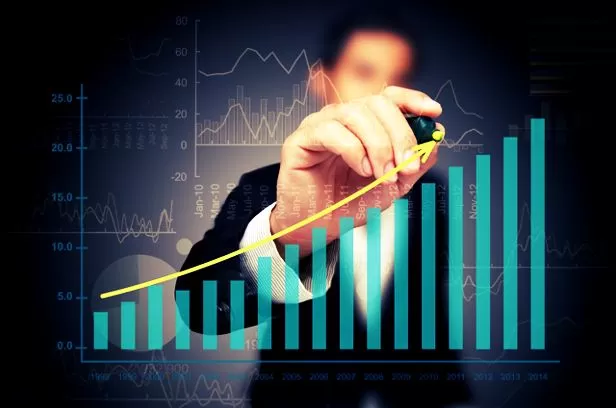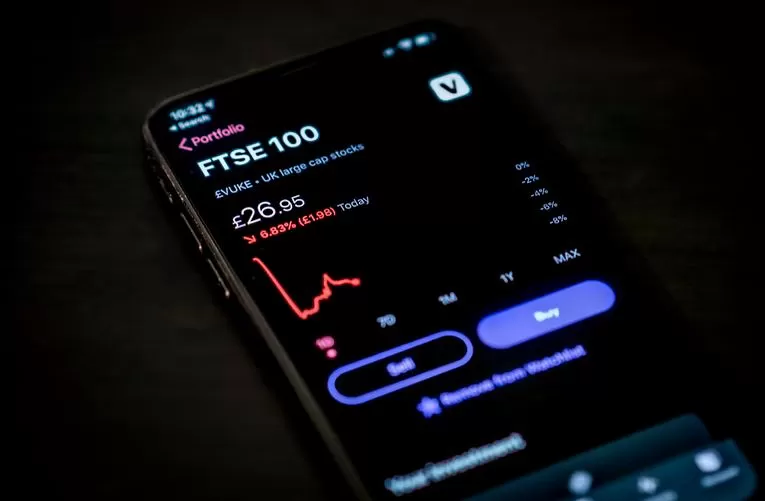Utilizing Technical Analysis in the Stock Market
Technical analysis is a technique used to predict the most likely price direction of a financial instrument like a stock or commodity. Most technical analysts in the markets heavily rely on past data for their research.
The idea behind technical analysis is that repeated buying and selling in the market is all that’s needed to predict the direction of financial security. When this information is combined, the market constantly seeks to assign a fair value to the commodity. Technical analysis examines patterns that have led to certain market movements.
Technical analysis is a great way for new traders to get started in the markets. Stocks vs shares and how to understand what each is or isn’t, is one of the difficulties new traders face when making investment decisions. For these new traders, fundamental analysis and the whole accounting concept may seem strange. This is where technical analysis comes in.
Historical Prices Predicting the Future
Traders that rely on technical analysis believe that historical price patterns do a great job predicting the future price. Although most big-time traders utilize technical analysis, most only conduct it after evaluating the fundamentals of a company.
This is known as fundamental analysis. It involves researching details about a publicly traded firm like revenue, statements of financial position, and the team behind a product to ascertain its intrinsic value. Suppose the firm seems to be in good financial health, then the trader conducts technical analysis using price action techniques and technical indicators.
Tenets of Technical Analysis
Technical analysts use price charts to predict possible price movements in the trading world. The key variables for analysis include the timeframe in which the analysis is being performed and the technical indicators used for making quick calculations.
The timeframe of a price chart can give some information about the trader. If you spot a five-minute or fifteen-minute timeframe, the trader is most likely a scalper. Timeframes from 30 minutes to one hour indicate a day trader. If the timeframe, however, shows 4 hours or higher, the analyst should be a swing trader.
Technical indicators are also used to make price predictions. After performing price action analysis, traders typically move on to technical indicators like Fibonacci, Stochastic, RSI, and the MACD to predict future price movement.
Conclusion
Technical analysis is a way for traders to predict price movement in the stock market. It involves checking out historical prices and the patterns formed to determine the direction in which prices will move.
Technical analysts can either be swing traders, scalpers, or day traders. They use a variety of timeframes ranging from five-minute to one-week price charts.










